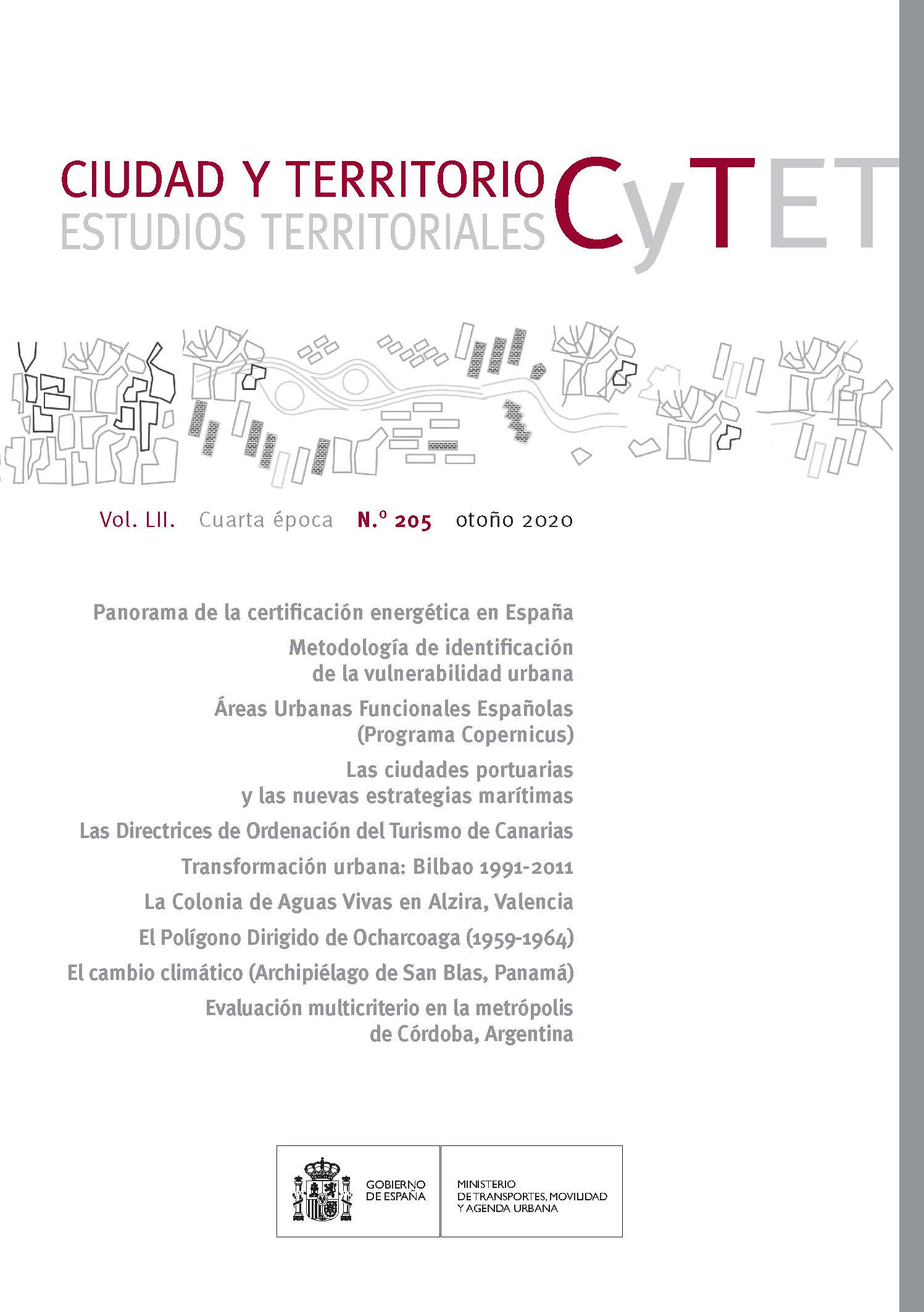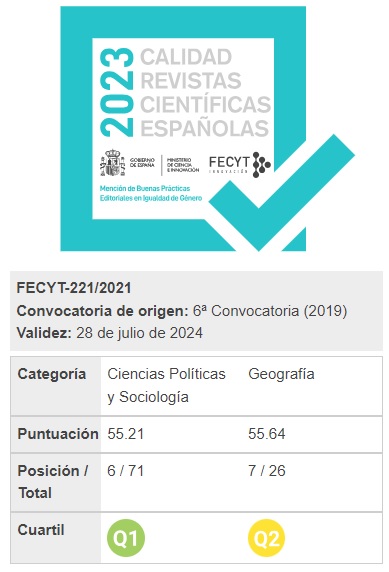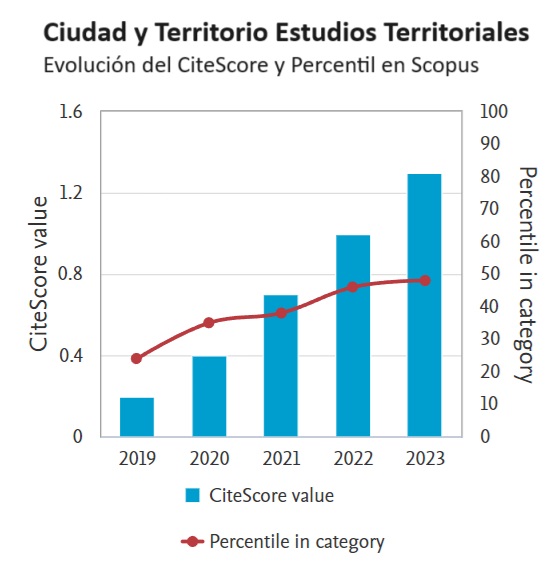Port cities and new maritime strategies: European diversity
DOI:
https://doi.org/10.37230/CyTET.2020.205.04Keywords:
Port cities; Port competitiveness; Urban development; Integration city-portAbstract
The port cities have been affected by the strong transformations of the last decades and have been changing their characteristics and functions as economic integration processes advance. They are closely determined both by their own geographical, morphological and spatial linkages as well as by economic markets. Therefore, they are placed in front of a double logic: the one of attraction and the one of rejection of the physical flows. Duality that is largely based on the works of the port-city interface and on the options for redevelopment of spaces in crisis. In this contribution will try to discern the formation of port knots following the evolution of cities, will show the evolution of physical dissociation between port and city to finally highlight the particularities of a number of European cities and ports in their tasks to redefine its port functions and its orientations around port-city relations
Downloads
Published
How to Cite
Issue
Section
License
Copyright (c) 2020 Fernando González Laxe, Federico Martín Palmero

This work is licensed under a Creative Commons Attribution-NonCommercial 4.0 International License.
Considering the provisions of the current legislation on Intellectual Property, and in accordance with them, all authors publishing in CyTET give -in a non-exclusive way and without time limit- to the Ministry of Transport, Mobility and Urban Agenda the rights to disseminate, reproduce, communicate and distribute in any current or future format, on paper or electronic, the original or derived version of their work under a Creative Commons Attribution-NonCommercial-NoDerivative 4.0 license International (CC BY-NC-ND 4.0), as well as to include or assign to third parties the inclusion of its content in national and international indexes, repositories and databases, with reference and recognition in any case of its authorship.
In addition, when sending the work, the author(s) declares that it is an original work in which the sources that have been used are recognized, committing to respect the scientific evidence, to no longer modify the original data and to verify or refute its hypothesis. Author(s) also declare that the essential content of the work has not been previously published nor will it be published in any other publication while it is under evaluation by CyTET; and that it has not been simultaneously sent to another journal.
Authors must sign a Transfer of Rights Form, which will be sent to them from the CyTET Secretariat once the article is accepted for publication.
With the aim of promoting the dissemination of knowledge, CyTET joins the Open Journal Access (OA) movement and delivers all of its content to various national and international indexes, repositories and databases under this protocol; therefore, the submission of a work to be published in the journal presupposes the explicit acceptance by the author of this distribution method.
Authors are encouraged to reproduce and host their work published in CyTET in institutional repositories, web pages, etc. with the intention of contributing to the improvement of the transfer of knowledge and the citation of said works.








 Enlace a CyTET en Linkedin
Enlace a CyTET en Linkedin